Deoghar, a city located in the state of Jharkhand, is known for its spiritual significance and beautiful temples. I recently had the opportunity to visit this holy city and was amazed by its serene atmosphere and rich cultural heritage.
I do not remember when I last went to Baba Dham. I think it’s 20 years ago. After the last traumatic experience on the way back, when we had a brush with dacoits and got looted. Although I do not remember much of it since I was a kid but I did hear my parents telling me the whole thing and it is also mentioned in one of my dad’s posts. Cutting the whole story short, it was damn scary. And, we didn’t go to Baba Dham since then.
One of the most significant places to visit in Deoghar is the Baba Baidyanath Temple, which is dedicated to Lord Shiva. The temple complex consists of 22 other temples, each with its unique architectural style and religious significance. The temple is believed to be one of the twelve Jyotirlingas in India, making it a must-visit for all devotees of Lord Shiva.
Deoghar is a Hindi word and the literal meaning of ‘Deoghar’ is abode (‘ghar’) of Gods. Deoghar is also known as “Baidyanath Dham”, “Baba Dham”, “B. Deoghar”. The origin of Baidyanathdham is lost in antiquity. It has been referred to as Haritakivan or Ketakivan in Sanskrit Texts.
My cousin sister, her husband, and their son visited us in Ranchi for a few days recently. My brother-in-law likes visiting religious places, so he proposed that we should go to Baba Dham and so we decided to visit the ancient holy city of Deoghar, located in the Santhal Parganas division of Jharkhand, around 250 km from Ranchi.
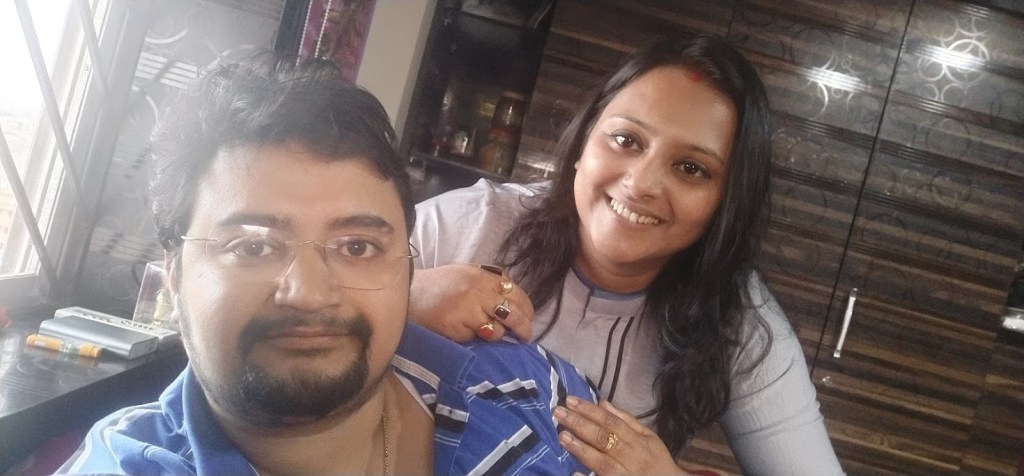
We left our home in the morning at around 8:00 A.M. for Baba Dham on January 28. The journey was pretty much uneventful, maybe the company or my seat which was the back seat of a seven-seater (extremely comfortable). We had our breakfast at Pandeyji Gulab Jamun Wala. After that slowly but steadily we reached our destination – Deoghar.
The driver parked our vehicle and we started walking towards the Baidyanath Temple premises where we were supposed to meet the people who came from Jijaji’s town, because one them is a very frequent visitor of the temple. My sister and her family will return to their home from Deoghar after worship and my mom and I will return to our home. It was so planned.
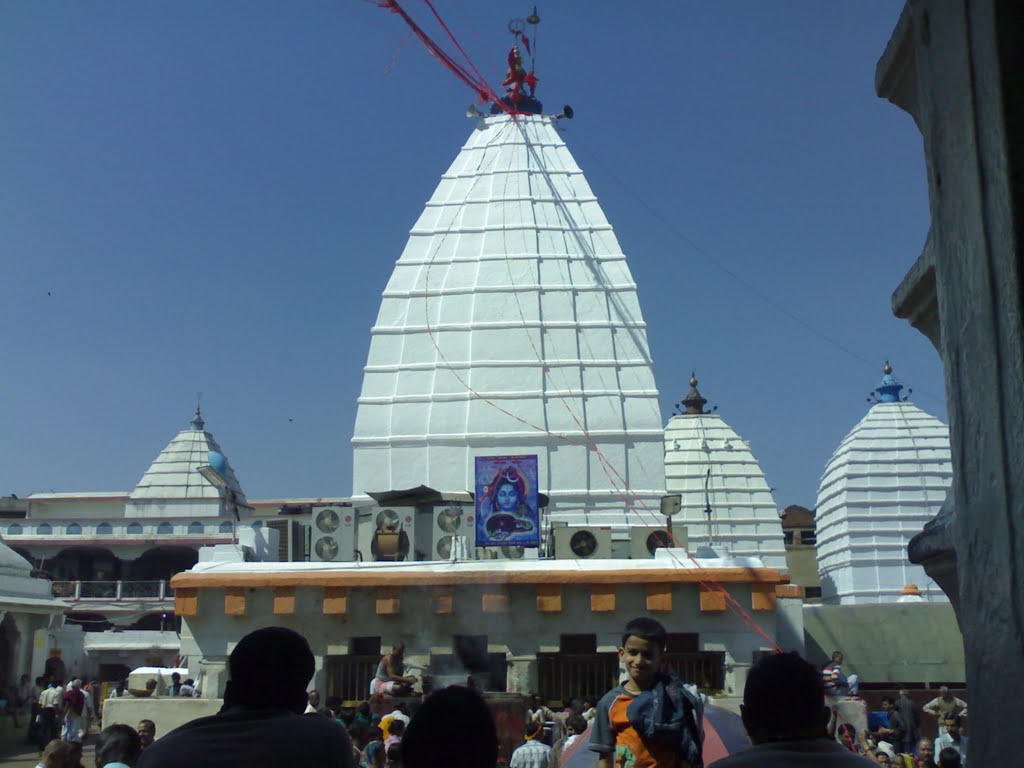
The temple of Baidyanath or Lord Shiva is the most important of all the temples in the courtyard. The temple faces the east and is a plain stone structure with a pyramidal tower, 72 feet tall. The top contains three ascending shaped gold vessels (Kalash) that are compactly set, and were donated by the Maharaja of Giddhaur. Besides these pitchers shaped vessels, there is a Punchshula (five knives in a trident shape), which is rare. In the inner top, there is an eight-petaled lotus jewel called Chandrakanta Mani. Although the name of the builder of the temple is not traceable, certain parts of the front portion of the temple are said to have been built by Puran Mal, an ancestor of the Maharaja of Giddhour, in the 16th century. The entire temple is built out of one rock and hosts the idols of many gods and goddesses.
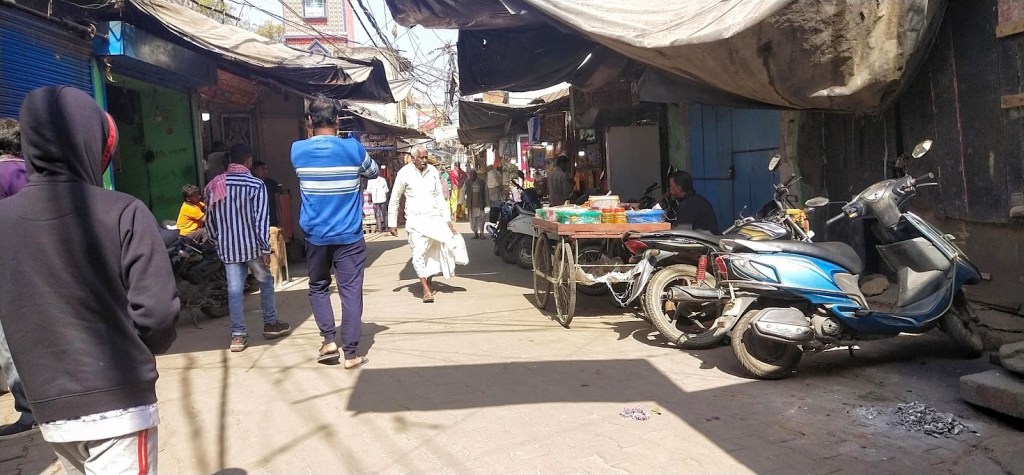
Initially my first impressions of the place while walking down the street was very familiar as if I was walking in the Vishwanath gali in Varansi. Even the entrance gates or Dwars were pretty much the same. My Dad’s comment to this was “Because it is an ancient town”. Well that is true; but I guess people living there have just stopped moving forward in time. I have seen this, dozens of time now that people belonging to a religious, holy or sacred towns have the same stagnant thought process, as if they want to lock themselves up in the past glory of the place and it’s sacrilegious to take a step ahead into the modernity.

On the positive note, they do well to preserve the historical heritage of the place they live in or at least around the temple premises. I mean they have brick lanes leading towards the temple. You don’t get to see such things anywhere these days.
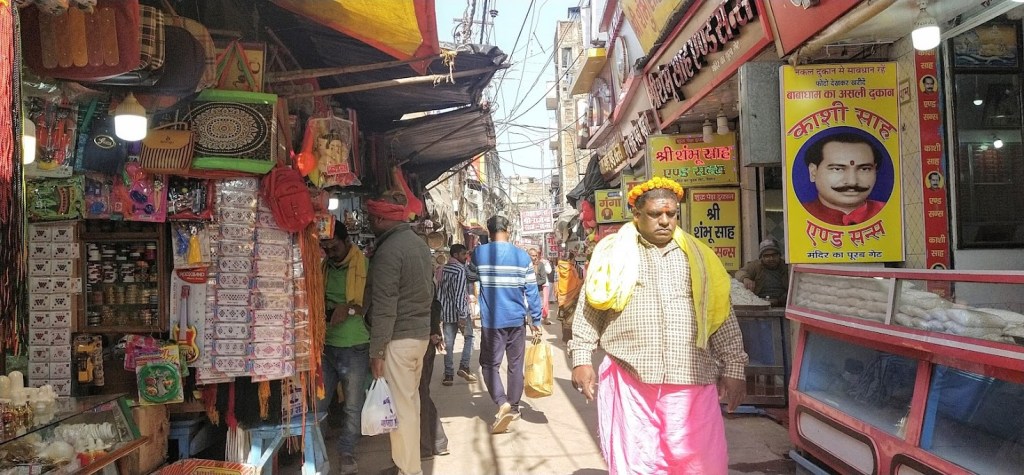
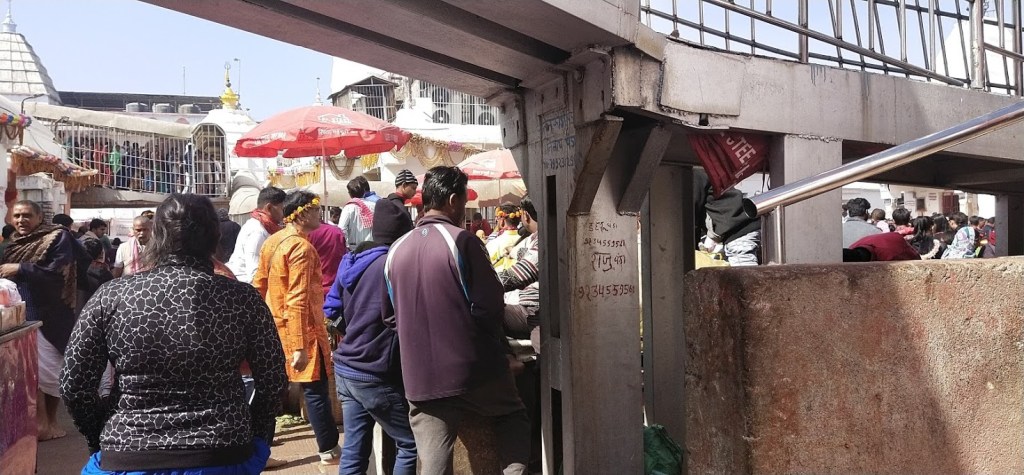
In front of one of the gates, our welcoming party and the Panditji (Name: Ganesh) were waiting for us, who after exchange of greetings took us inside the premises and informed us that that day was an incredibly auspicious day because it’s Paushi Purnima.
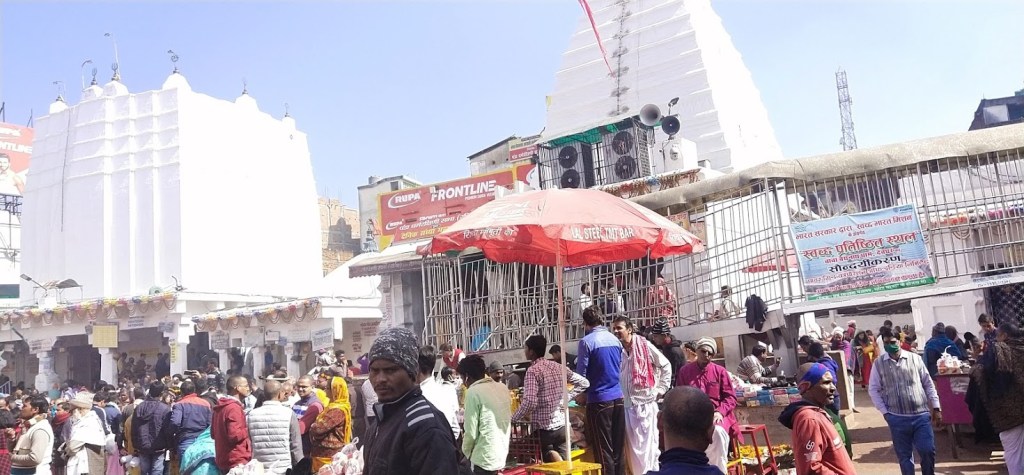
On that note our Panditji, gave us three options/variety of rituals that can be performed depending upon the money a devotee is willing to offer. First and the least would be ₹251 with the most basic of rituals like just Abhishek. The second option was ₹551, which had parikrama, like the Kanwariyas included to the first. And last but certainly not the least was ₹1,051, which included Gath Bandhan, which represents the bond of family. We decided on the third one as it had been a long time that we were here.
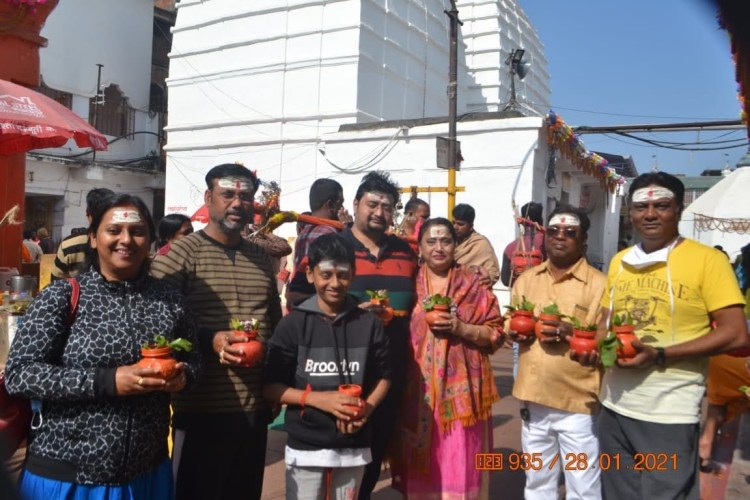
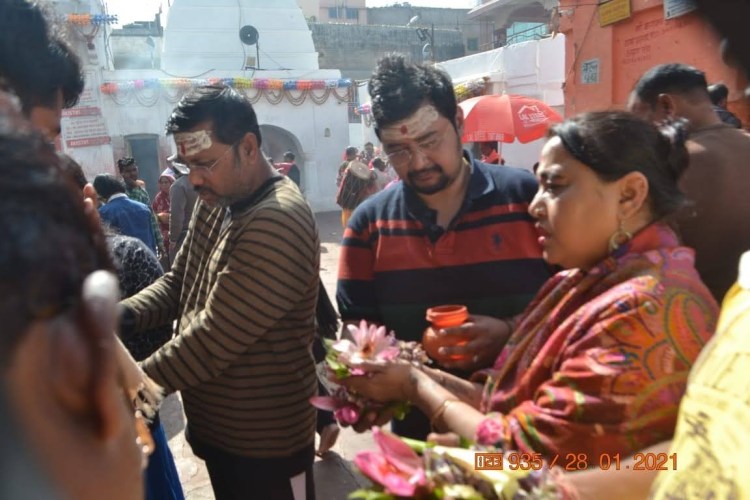
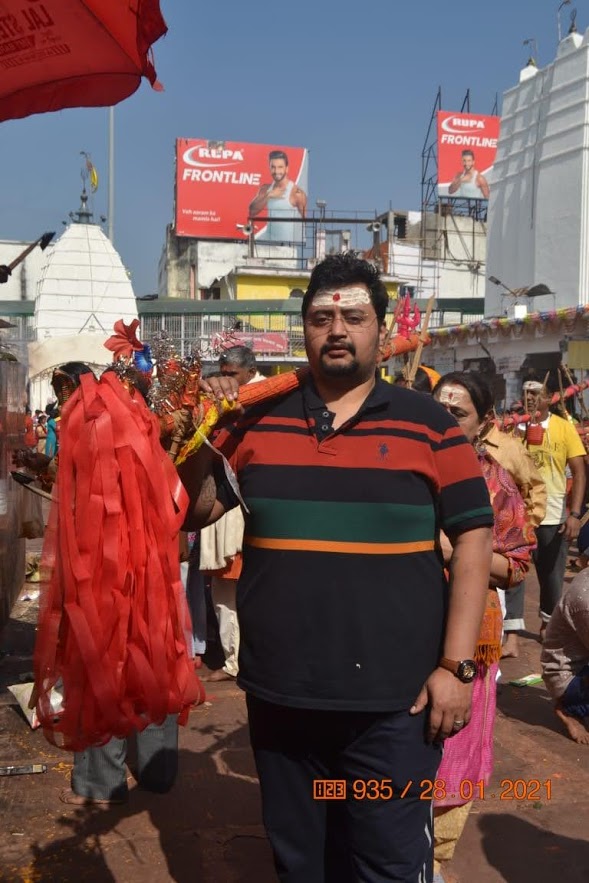
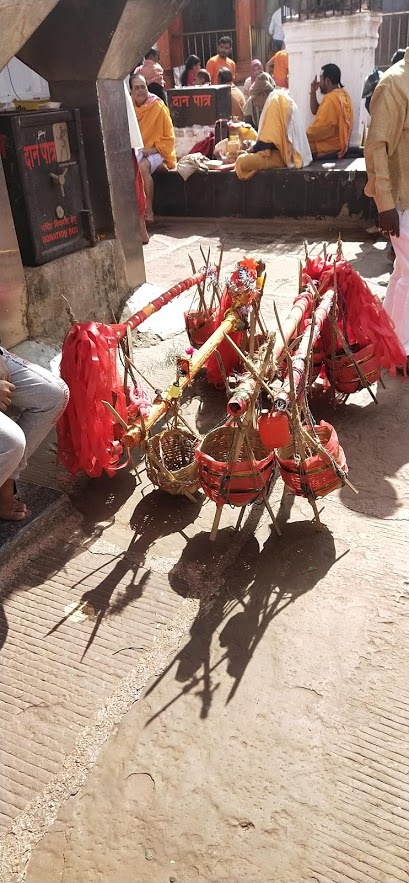
The rituals went on very smoothly. Pandit Ganesh ji said if we were not in a hurry then during the Arghya they remove the barrier to the Shiv ling, and we may get a moment in which we might be able to touch the Shiva-linga and perform Abhishek ourselves. So obviously we agreed. We joined the queue to reach the Garbhagriha, the innermost sanctum of the temple.
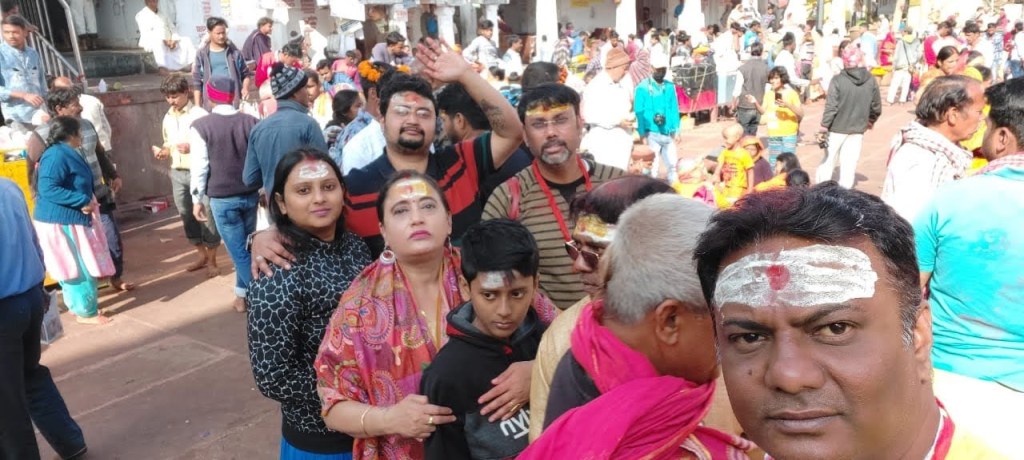
After reaching there, we were asked to stand away from the queue and lean towards the wall so as the line could move ahead, and we will be recognized by the police (who are also the guards and take care of the order inside) and not thrown out of the temple.
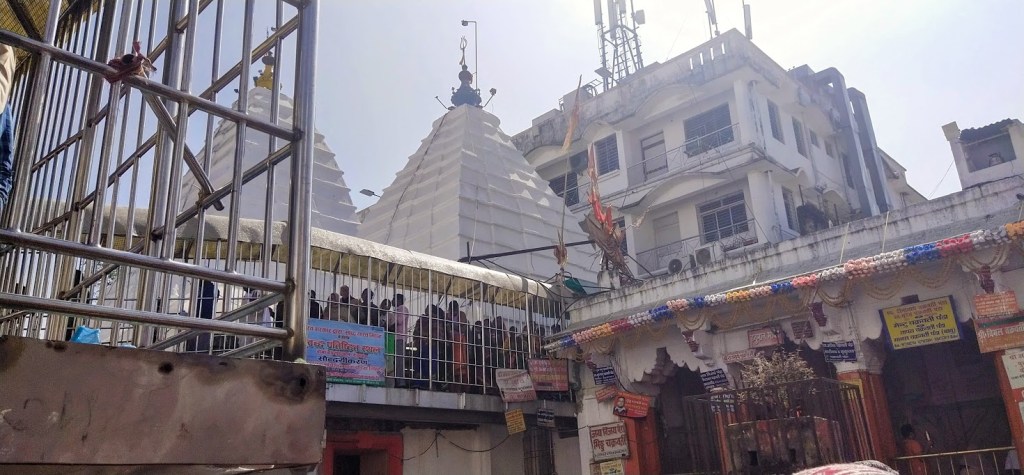
As you may also say the Panda’s there have their settings inside. So, we waited until 2:00 P.M. and the barrier was removed. Oh, man! I have no words to explain the experience that I had for the next 3 minutes. There was push, pull, squeeze, elbowing, stomping and at last, after all these hustles, we got to perform Abhishek. So yeah, I would say it was worth it although I was fuming at that moment, but as you may say: all’s well if it ends well.

After we came out, we performed the “Gath Bandhan” ritual. Gath Bandhan is a special ritual, peculiar to Baba Dham. It is the only Jyotirlingas among the twelve, which has the Gath Bandhan of Lord Shiva and Maa Parvati and where both of them reside together to bless their devotees.

Devotees who perform the ritual have to tie a thread to domes of Baidhyanath and Maa Parvati temples. Pandas first chant shlokas and then Bhandaris (a tribal community living in Bandhya Baidynathpur) climb the domes of the temples and tie the threads. “There is an old belief that if any devotee perform the Gath Bandhan ritual, both Shiv and Parvati are pleased and grant him or her the wishes,” Panditji said.
We held a bundle of threads and some prayers were performed by Panditji, then the Bhandari boys took that from our hands and climbed all the way to the Shikhara of the Lord Shiva temple and roll it after where we caught it. Then we walked up to Maa Parvati’s temple holding the bundle carefully through the pilgrim-packed concourse, to avoid any accident. Then the same process was repeated at the Parvati Temple to complete the Gath Bandhan ritual.
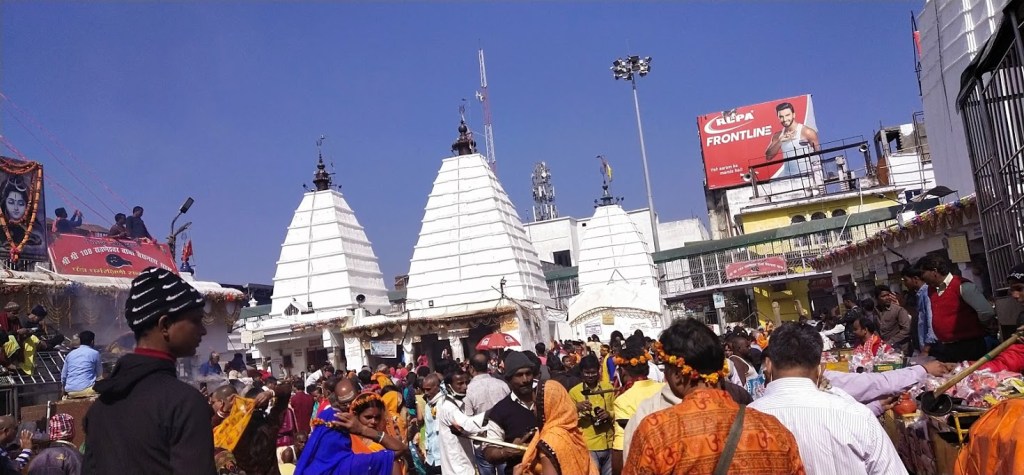
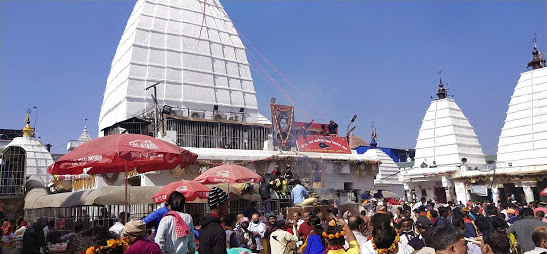
After concluding the rituals and paying dakshina to the Panditji and other people involved in our holy rituals, we left the temple premises. We then went to a restaurant to have our lunch since it was 4:00 P.M. already and I was starving. Soon after the lunch we bid our farewell to each other and left for our respective pavilions. Rest of the journey was pretty much the uneventful (I mean no dacoits this time). Lucky me I guess! Of course we avoided that road, this time, where we encountered dacoits.
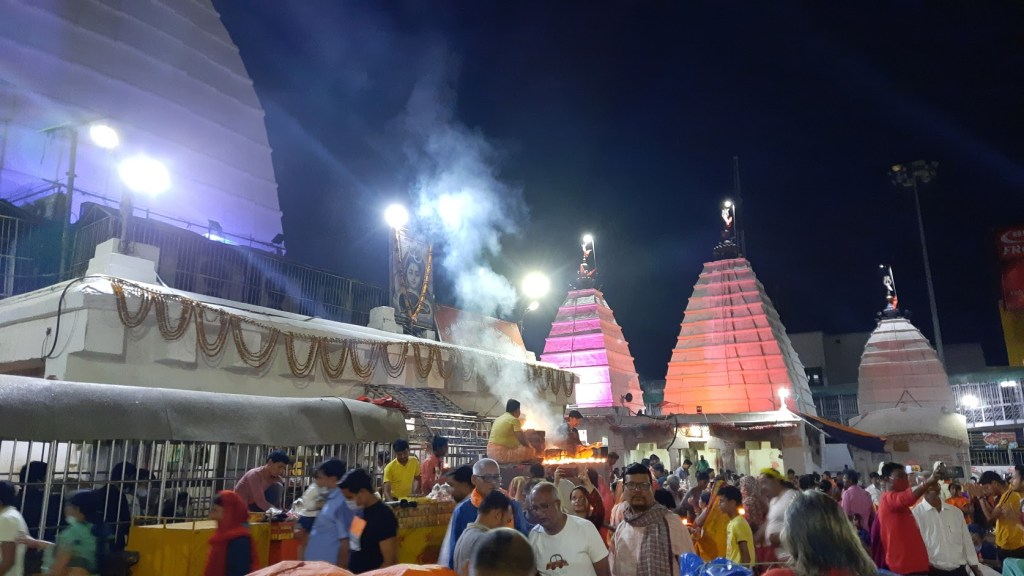
Deoghar is a must-visit for anyone seeking a spiritual journey or looking to explore India’s rich cultural heritage. From the magnificent temples to the scenic beauty of Nandan Pahar, there is something for everyone in this beautiful city.
हर हर हर महादेव
शिव शंकर आदि देव 🙏


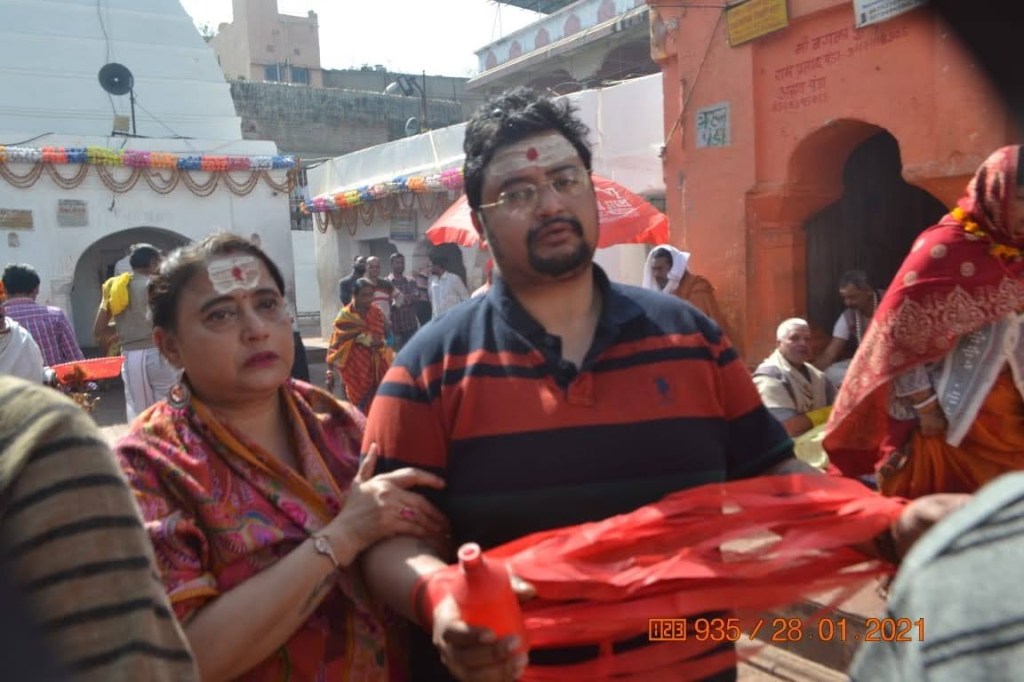
Nice post. May Baidyanath bless you always.
LikeLiked by 1 person
Nice pics. A good description of the place and rituals. Gathbandhan is the unique custom here.
LikeLiked by 1 person
Very well written Judha…I visited and saw the place through your eyes. May you remain blessed always.
LikeLiked by 1 person
सुंदर पोस्ट ।
ॐ नमः शिवाय।
LikeLike
धन्यवाद। ॐ नमः शिवाय।
LikeLiked by 1 person
Very descriptive and helpful for those planning to visit Deoghar. Best wishes
LikeLike